Phobia
- 6.8
- Thriller
- 2016
- 1h 52m
- PG-13
a chilling Thai psychological thriller directed by Kiat Songsanant. The film follows a man suffering from severe agoraphobia whose life spirals into paranoia and terror as he becomes convinced he is being watched and haunted. Combining psychological tension, surreal hallucinations, and atmospheric horror, the movie explores fear, obsession, and the fragile boundaries between reality and delusion.

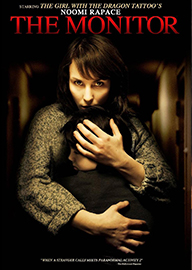
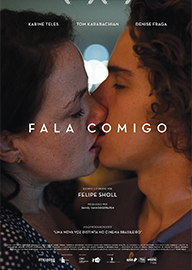
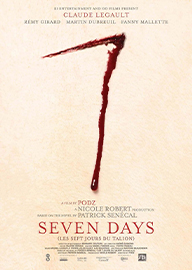

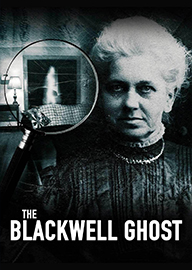
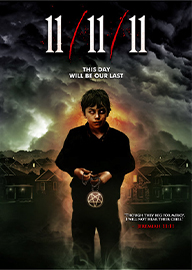


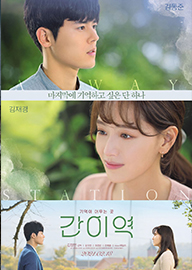
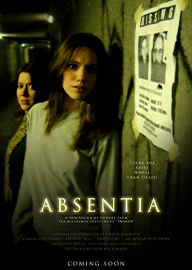

Comments
0Reviews
0Summery
1Please sign in to comment.
Please sign in to review.
Phobia (2016) is a taut and unsettling exploration of the human psyche, focusing on a man whose life has been constrained by agoraphobia, a crippling fear of leaving the safety of his home. From the opening scenes, the audience is plunged into a world defined by paranoia, isolation, and creeping dread. The protagonist’s every action is measured, each moment outside his apartment is fraught with tension, and even the most mundane elements of daily life—doors, hallways, shadows—become potential sources of terror. The film carefully establishes his mental state, portraying not only his fear but also the routines and rituals that help him maintain a fragile sense of control. This meticulous attention to psychological detail allows viewers to inhabit his mind, experiencing the claustrophobic anxiety that defines his existence.
As the story unfolds, subtle signs emerge that something is deeply amiss. Unexplained sounds, fleeting shadows, and distorted reflections hint at forces that may or may not be supernatural. The film skillfully blurs the line between reality and hallucination, leaving viewers uncertain whether the protagonist is genuinely threatened or trapped within the distortions of his own mind. This uncertainty is central to the horror, as it amplifies tension and forces the audience to confront the unsettling possibility that our perceptions may be unreliable. Each scene is charged with suspense, and the camera often lingers on spaces that feel familiar yet disturbingly altered, creating an atmosphere of constant unease.
The narrative intensifies as the protagonist begins to suspect that he is being watched, stalked, or haunted by an unseen presence. Friends and acquaintances are introduced, but even these interactions are tinged with suspicion, as he cannot fully trust his own senses. Hallucinations become more vivid and terrifying, incorporating distorted images of people, objects, and spaces. The film uses these sequences not only to shock but also to deepen the psychological portrait of a man consumed by fear. The audience is drawn into his spiraling paranoia, experiencing the same disorientation and dread that define his daily life. This immersive approach heightens the tension and creates a horror experience that feels intimate and psychologically profound rather than relying on conventional jump scares.
Throughout Phobia, themes of obsession, vulnerability, and the fragility of the human mind are explored in depth. The protagonist’s isolation exacerbates his fear, turning everyday events into sources of anxiety and distress. Even small occurrences—a misplaced object, a creaking floorboard, a flicker of light—can provoke intense emotional reactions, demonstrating how fear can distort reality and consume the rational mind. The film also examines the consequences of prolonged psychological trauma, showing how untreated mental illness can lead to a collapse of perception and a heightened sense of vulnerability. These elements make Phobia not only a horror film but also a compelling psychological study of fear, obsession, and human fragility.
As the climax approaches, the tension escalates into a series of increasingly surreal and terrifying sequences, blurring the boundaries between reality, hallucination, and nightmare. The protagonist must confront the source of his fear, whether it is external or an internal manifestation of his mind, in order to survive or reclaim a sense of agency. Each confrontation is charged with suspense, moral ambiguity, and psychological intensity, culminating in moments of revelation that challenge both the character and the audience to question what is real and what is imagined. The resolution, while terrifying, provides insight into the nature of fear and the human capacity for resilience, leaving viewers both unsettled and contemplative.
Phobia (2016) ultimately succeeds as a psychological thriller by immersing its audience in the mind of a protagonist whose world is defined by fear. Its use of hallucinatory sequences, claustrophobic settings, and meticulous attention to character psychology creates a horror experience that is both intellectually and emotionally engaging. By focusing on the internal landscape of terror rather than externalized monsters alone, the film presents a story that resonates long after the credits roll. The audience is left to consider the pervasive and corrosive effects of fear, the fragility of perception, and the thin line between reality and the mind’s darkest imaginings. Through this lens, Phobia stands out as a masterful exploration of psychological horror in modern Thai cinema, blending suspense, terror, and emotional depth into a memorable and chilling cinematic experience.